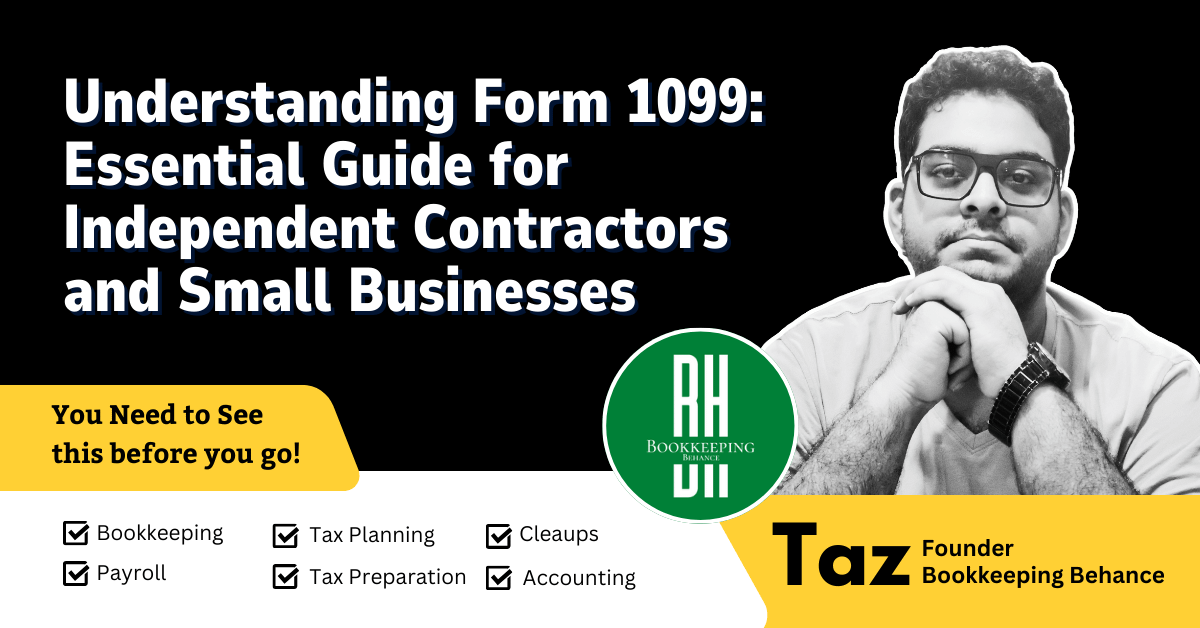Call us: (214) 814-2088

Understanding Form 1099: Essential Guide for Independent Contractors and Small Businesses
Understanding Form 1099 for Small Businesses and Contractors Form 1099...
Read MoreForm 1099 is a critical tax document for independent contractors and small business owners in the U.S. It’s a powerful tool for both filing and tracking income, especially for those who don’t receive a W-2. Here’s a comprehensive guide to understanding 1099, its importance, and how to file it correctly.
1099 is an IRS form used to report various types of income received throughout the year. Unlike employees who receive a W-2, freelancers, independent contractors, and other self-employed individuals typically receive a 1099 if they earned $600 or more from a single client.
1099 is an IRS form used to report various types of income received throughout the year. Unlike employees who receive a W-2, freelancers, independent contractors, and other self-employed individuals typically receive a Form 1099 if they earned $600 or more from a single client.
There are several versions of 1099, each serving a different purpose. Here are some of the most commonly used:
Filing Form 1099 is straightforward, but it’s important to follow IRS guidelines to avoid penalties:
Meeting deadlines is essential to avoid penalties:
Failing to file or filing 1099 late can result in penalties based on how late the filing is. The IRS imposes fines ranging from $50 to $280 per form, depending on the delay.
Not all payments require a Form 1099. Generally, if you paid a freelancer or contractor $600 or more, you’ll need to issue one.
If you didn’t receive a Form 1099, you’re still responsible for reporting all income to the IRS.
Yes, the IRS allows businesses to e-file Form 1099, and it’s often recommended for accuracy and convenience.
Late filings can lead to penalties ranging from $50 to $280 per form, depending on how late the filing is.
Understanding Form 1099 for Small Businesses and Contractors Form 1099...
Read More